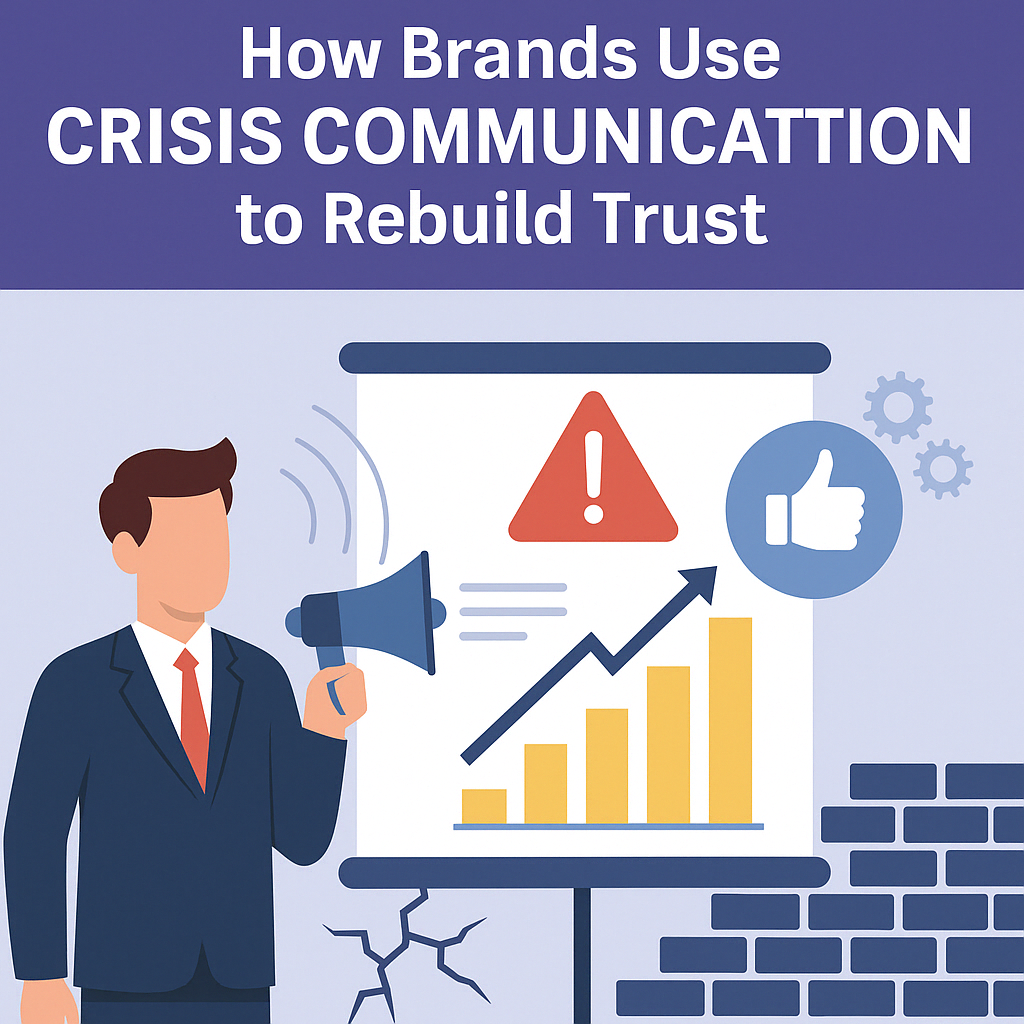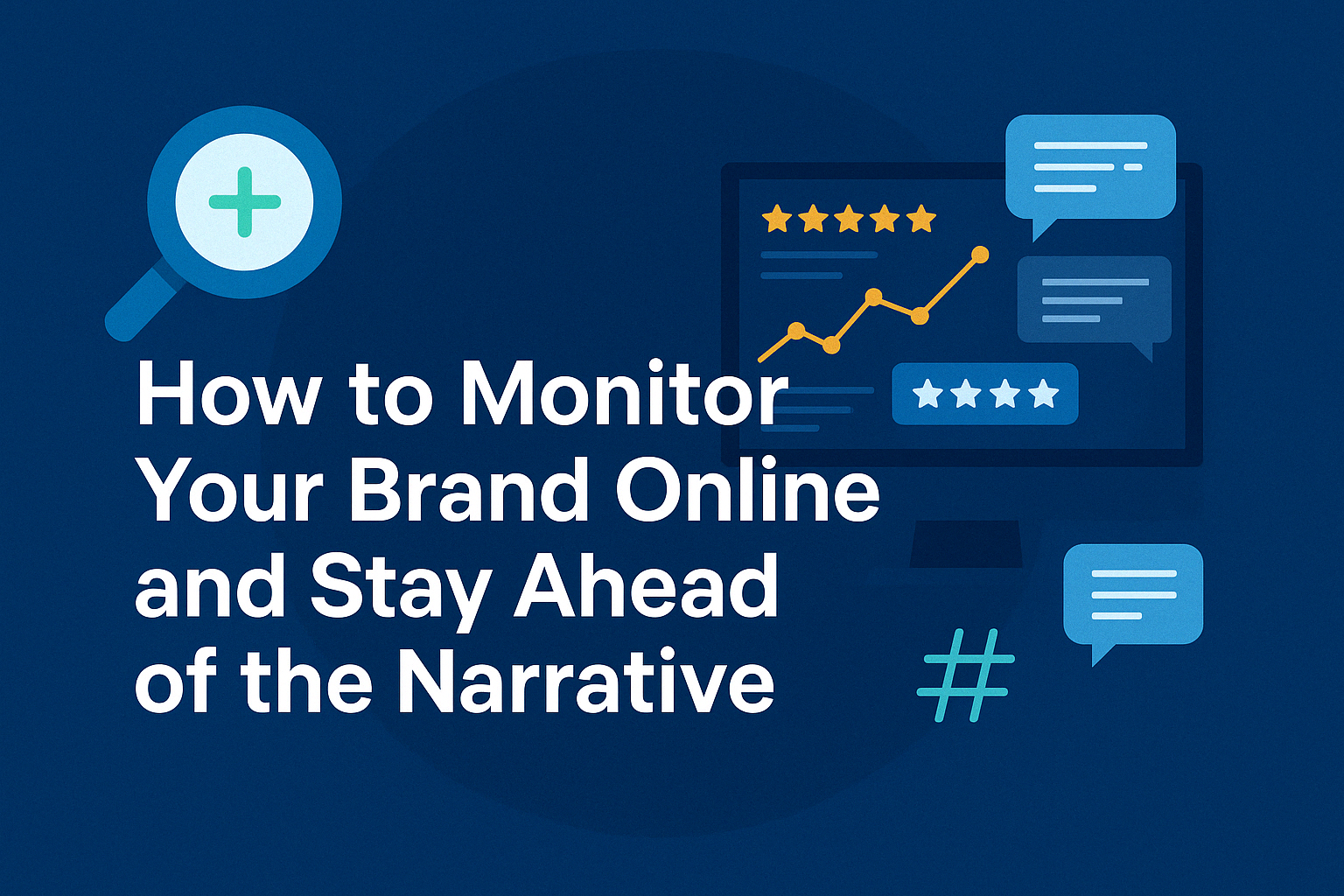Why Website Performance Optimization Matters
Website performance is no longer optional. It directly impacts:
- Search engine rankings
- Bounce rates
- Conversion rates
- User satisfaction
According to Google’s research, a one-second delay in load time can reduce conversions by up to 20%. Improving performance means more visitors stay longer, engage more, and convert faster.
Performance isn’t just about speed—it’s about delivering the right content, in the right format, at the right time, across every device and connection type. From SEO benefits to user retention, performance optimization plays a vital role in your online success.
Measure First: Benchmarking Your Site’s Performance
Before optimizing, assess where your site stands.
Use These Tools to Analyze Performance:
Look at:
- First Contentful Paint (FCP)
- Largest Contentful Paint (LCP)
- Time to Interactive (TTI)
- Cumulative Layout Shift (CLS)
- Speed Index
- Total Blocking Time (TBT)
Use the data from these tools to prioritize areas that have the highest impact on performance and user experience.
Front-End Optimization Strategies
Minimize HTTP Requests
Reduce the number of elements that need to load by:
- Combining CSS and JS files
- Using CSS sprites for icons
- Reducing third-party scripts
- Eliminating unnecessary fonts and tracking scripts
Compress and Optimize Images
Images can account for more than half of your page’s size. Optimize them using:
- TinyPNG or ImageOptim
- Next-gen formats like WebP and AVIF
- Responsive images using
srcsetandsizes
<img src="img-640.webp" srcset="img-320.webp 320w, img-640.webp 640w" sizes="(max-width: 600px) 320px, 640px" alt="Optimized responsive image" loading="lazy"/>Minify CSS, JavaScript, and HTML
Use tools or plugins to:
- Remove whitespace and comments
- Combine and compress code
- Reduce inline CSS
Options:
Leverage Browser Caching
Specify cache policies for static assets:
<filesMatch "\.(jpg|jpeg|png|gif|css|js|ico|webp)$">
Header set Cache-Control "max-age=2592000, public"
</filesMatch>This prevents unnecessary server requests on repeat visits.
Use a Content Delivery Network (CDN)
CDNs reduce latency by caching content in data centers around the globe. They also protect your site from DDoS attacks and traffic surges.
Preload and Prefetch Critical Resources
Prioritize asset loading to speed up page rendering:
<link rel="preload" href="styles.css" as="style">
<link rel="prefetch" href="next-page.html">Preload styles, fonts, and above-the-fold images for faster paint.
Back-End and Server-Side Enhancements
Optimize Server Response Time
Aim for a Time To First Byte (TTFB) under 200ms:
- Use a reliable hosting provider
- Choose servers near your target audience
- Reduce DNS lookup times
Enable Gzip or Brotli Compression
Compress HTML, CSS, JavaScript, JSON, XML, and fonts. Gzip and Brotli drastically reduce file sizes:
AddOutputFilterByType DEFLATE text/html text/css application/javascript application/jsonImplement Efficient Caching Strategies
Speed up repeated requests:
- Page caching via plugins or server-side caching
- Object caching using Redis or Memcached
- Database query caching
- Full-page caching for unauthenticated users
Use a Fast, Optimized Database
Relational databases like MySQL or PostgreSQL need ongoing tuning:
- Add indexes to frequently queried fields
- Optimize slow queries
- Limit joins and nested queries
- Regularly clean logs, drafts, and transients
Improve Core Web Vitals for SEO and UX
Google’s Core Web Vitals are:
Largest Contentful Paint (LCP)
- Optimize hero images and background media
- Use font-display: swap
- Serve scaled images
Cumulative Layout Shift (CLS)
- Set fixed dimensions for embeds, ads, and images
- Use transform animations instead of position-based
First Input Delay (FID)
- Defer unnecessary JavaScript
- Split long tasks using
requestIdleCallback() - Prioritize critical scripts
Interaction to Next Paint (INP)
INP is replacing FID. Reduce UI lag with:
- Debounced event listeners
- Avoid synchronous blocking of the main thread
- Optimize JavaScript execution order
Mobile Optimization Techniques
Responsive Design Best Practices
- Use flexible grids with media queries
- Avoid fixed widths
- Design mobile-first and scale up
Mobile-Specific Image Handling
- Use CSS background-size: cover
- Use
pictureelement to serve alternate image resolutions
<picture>
<source media="(max-width: 799px)" srcset="small.webp">
<source media="(min-width: 800px)" srcset="large.webp">
<img src="fallback.jpg" alt="Mobile optimized visual">
</picture>Prioritize Tap Targets and Accessibility
- Buttons and links should be at least 48px tall
- Avoid placing elements too close together
Accessibility and UX Best Practices
Improve Navigation and Site Structure
- Use hierarchical headers (H1–H4)
- Include a skip-to-content link
- Make breadcrumb navigation consistent and visible
Enhance Readability and Interaction
- Use readable font sizes (16px+)
- Set a comfortable line height (~1.5–1.6)
- Ensure high contrast between text and background
Implement ARIA Labels and Roles
- Label complex UI elements like modals and menus
- Use roles to inform screen readers
Technical SEO Overlaps
Structured Data
- Use JSON-LD format
- Add schema for articles, breadcrumbs, local business, and services
- Enhance with review and FAQ schema for snippet eligibility
Canonical Tags and URL Hygiene
- Use canonical tags to consolidate duplicate URLs
- Create a URL structure that’s short, lowercase, and keyword-rich
XML Sitemaps and Robots.txt
- Submit to Google Search Console
- Exclude admin and utility pages
Security and Trust Signals
HTTPS and TLS
- Use SSL from trusted authorities (e.g., Let’s Encrypt)
- Renew certificates before expiration
- Implement HSTS headers
Content Security Policy (CSP)
- Prevent XSS and injection attacks
Content-Security-Policy: default-src 'self'; script-src 'self' https://trusted-cdn.comProtect Forms and Inputs
- Use field validation
- Rate-limit submissions
- Implement captcha or hCaptcha where needed
Monitoring and Continuous Improvement
Set Up Performance Alerts
- Ping critical pages
- Monitor uptime, TTFB, and error rates
A/B Test Performance Enhancements
- Test new scripts, CDNs, and design choices
- Validate against metrics: LCP, INP, bounce rate
Run Monthly Audits
- Check for asset bloat
- Audit unused CSS/JS
- Run Lighthouse in incognito to simulate cold loads
How Optimized Up Can Help
At Optimize Up, we specialize in website performance audits, UX redesign, and technical SEO. Whether you’re launching a new site or fixing a bloated one, we tailor solutions for speed and satisfaction.
- Core Web Vitals compliance
- Server and caching configuration
- Mobile-first performance tuning
- Continuous speed monitoring
Our clients consistently see improved rankings, faster load times, and longer session durations.
Book a free performance audit and see how we can help you rank higher, convert faster, and impress every visitor.
FAQ: Optimizing Website Performance
Under 2.5 seconds is ideal for Largest Contentful Paint. Sub-second loads are even better.
Cloudflare is a solid free option. StackPath, BunnyCDN, and KeyCDN are also great alternatives.
Use Chrome DevTools or the Google Mobile-Friendly Test. Test across multiple breakpoints.
Yes. Poorly optimized images increase load time, kill mobile UX, and reduce SEO performance.
Absolutely. Especially if they load unnecessary scripts or use unoptimized code. Audit all plugins quarterly.
MLA Citations:
Google. “Core Web Vitals & Page Experience.” Web.dev, https://web.dev/vitals/
Google. “Performance Scoring and Metrics.” Web.dev, https://web.dev/performance-scoring/
GTmetrix. “Website Speed and Performance Optimization.” GTmetrix, https://gtmetrix.com/
Cloudflare. “CDN & Performance Features.” Cloudflare, https://www.cloudflare.com/
TinyPNG. “Smart PNG and JPEG Compression.” TinyPNG, https://tinypng.com/
Mozilla. “Content Security Policy.” MDN Web Docs, https://developer.mozilla.org/en-US/docs/Web/HTTP/CSP
W3C. “Web Accessibility Guidelines.” W3C, https://www.w3.org/WAI/standards-guidelines/wcag/





